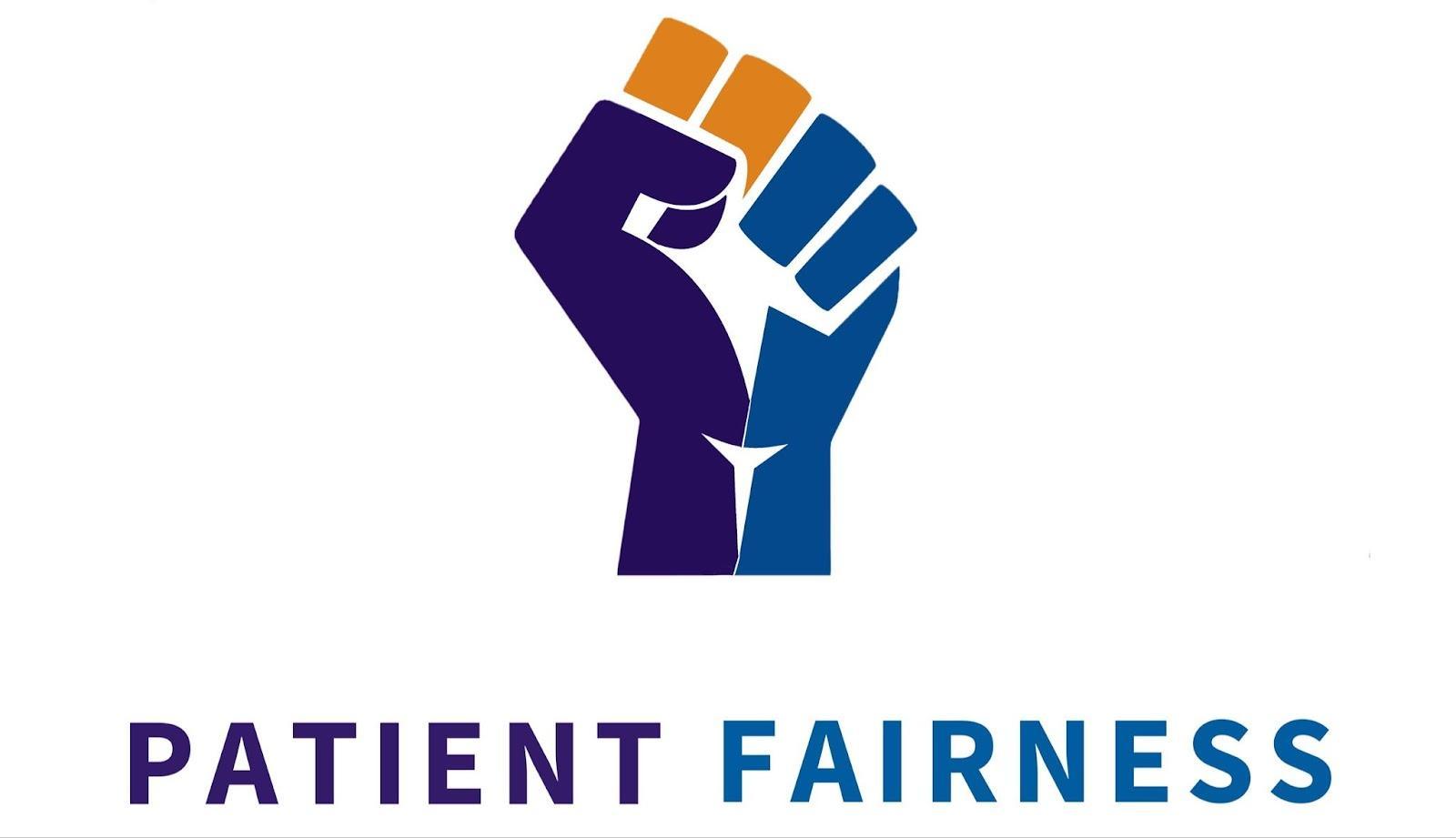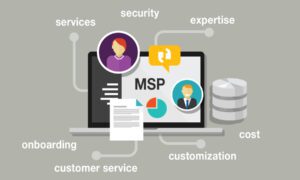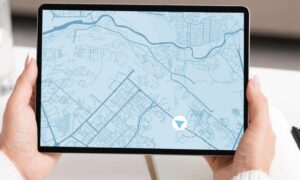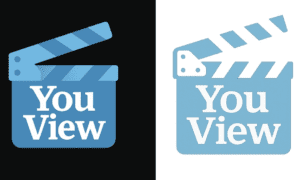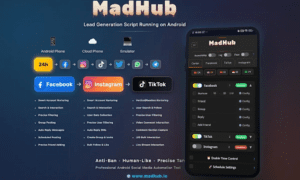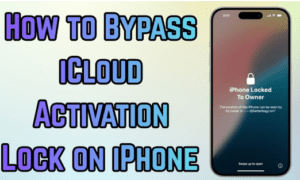In today’s healthcare landscape, technology is transforming how we access, manage, and understand our medical care—but it’s also exposing cracks in a system where patients are often left powerless in the face of complex and inflated medical bills. From confusing insurance networks to opaque pricing practices, the burden increasingly falls on individuals to navigate their way through a billing system that can feel intentionally difficult to understand. That’s where Patient Fairness comes in. Founded by healthcare industry veteran Matthew Ungs, Patient Fairness is a first-of-its-kind platform designed to put negotiating power back into the hands of patients. Through a blend of custom software, strategic use of AI, and deep industry insight, the platform helps patients push back against unfair charges and challenge the high costs too often passed onto them.
In this exclusive Q&A, Ungs shares the story behind the creation of Patient Fairness, discusses the technologies powering the platform, and reflects on the broader role of digital tools in fighting billing injustice. With a career spent inside the machinery of health insurance networks, Ungs brings a rare perspective on how patients can leverage technology—not just to track their medical expenses, but to actively dispute and reduce them. He also explains why the issue is more than just catching billing errors—it’s about exposing a pricing system that frequently lacks transparency and accountability. As more Americans look for ways to make healthcare costs manageable and fair, Patient Fairness is offering a solution grounded in both empathy and tech-savvy innovation.
A first of its kind, how did you come up with the idea for the Patient Fairness platform?
I started Patient Fairness to give power to patients when they otherwise might be vulnerable to the high prices and inequity fostered by providers and health plans. Patient Fairness helps patients stick up for their rights as consumers, and challenge instances in which they are not treated fairly.
This is important to me personally for two major reasons.
- I witnessed first-hand in my prior career running health plan provider networks how hospital systems, medical groups and health insurance plans financially thrived while health care prices and insurance costs soared for patients. Individual patients got saddled with unaffordable medical prices and insurance premiums because insurance networks benefited providers and health plans at the expense of patients. This was most clear when I observed that many of the network prices health plans negotiate with hospitals and physicians are much higher than if the patient and provider agreed on prices directly.
- My decades of experience working for health plans taught me the strategies and insights that can help patients fight back against unfair medical bills. Patient Fairness is a means to share these ideas and supporting tools with patients so they can stick up for themselves successfully against unreasonable bills and excessive prices.
What backend technologies and software do you use? Do you use AI at all?
Most of Patient Fairness’s website and functions use custom programing. We use some the third party applications for features such as customer service chat, mailing address verification, and automated email and text customers communications.
We use AI to extract the relevant information from customer documents like medical bills and insurance explanation of benefits. We expect to expand use of AI, but are careful to use my insights from three decades in working with hospitals and medical professionals to guide our services and programs.
Technology can sometimes be blamed for errors in medical bills, correct? Have you seen this error when doing your bill assessment sometimes with patients?
Patient Fairness does not suggest searching for errors in a medical bill as a core strategy to reduce or dispute a medical bill. Medical bills are problematic for two main reasons. (1) The prices charged on the bill are unreasonably high. (2) There was not a shared understanding between the provider and patient on how much the provider would bill the patient, and how much the patient would pay.
Unless a dispute argues that the medical bill should be withdrawn entirely (e.g. the patient did not receive the billed services), challenging the level of prices on the bill is usually going to yield the biggest reduction on that bill. If there is a clear error on the bill regarding the type or volume of services on the bill, then it makes sense to demand that the error be corrected. However, if the provider is billing egregiously high prices to which the patient never agreed, identifying billing errors won’t cure those egregious prices.
How important has social media and online marketing been to the success of your platform?
Social media is tremendously important to increase awareness and confidence for Patient Fairness with consumers. I have not been a big user of social media personally, so it has been interesting to see the degree to which so many people rely on these platforms to learn about and gain trust in new concepts such as ours.
As a company, what are you most looking forward to overall in the next few months?
One quarter of patients say they don’t even know they can challenge a problem medical bill, and another 36% don’t know how to wage such a challenge or think it is too complicated. That is a huge opportunity for us.
Patient Fairness’s focus is to get the word out to the public that there is an easy and affordable service to help patients challenge problem medical bills. We serve all 50 states, and support almost any type of medical bill dispute, so Patient Fairness can help most of the people who receive annually the estimated 70 million problem medical bills.
Making sure as many people as possible know about Patient Fairness and services we offer will drive our near and medium term growth.

